In the dense forests of southeastern Australia, a remarkable creature with an unmatched vocal repertoire captivates both casual observers and ornithologists alike. The superb lyrebird (Menura novaehollandiae) is nature’s premier sound artist, capable of mimicking over 100 different species and sounds with astonishing accuracy. From the calls of other birds to environmental sounds and even human-made noises, this feathered virtuoso showcases one of the animal kingdom’s most impressive displays of vocal mimicry. Its extraordinary abilities have earned it legendary status among birds and continue to fascinate those lucky enough to witness its remarkable performances.
The Master Mimic of Australia’s Forests
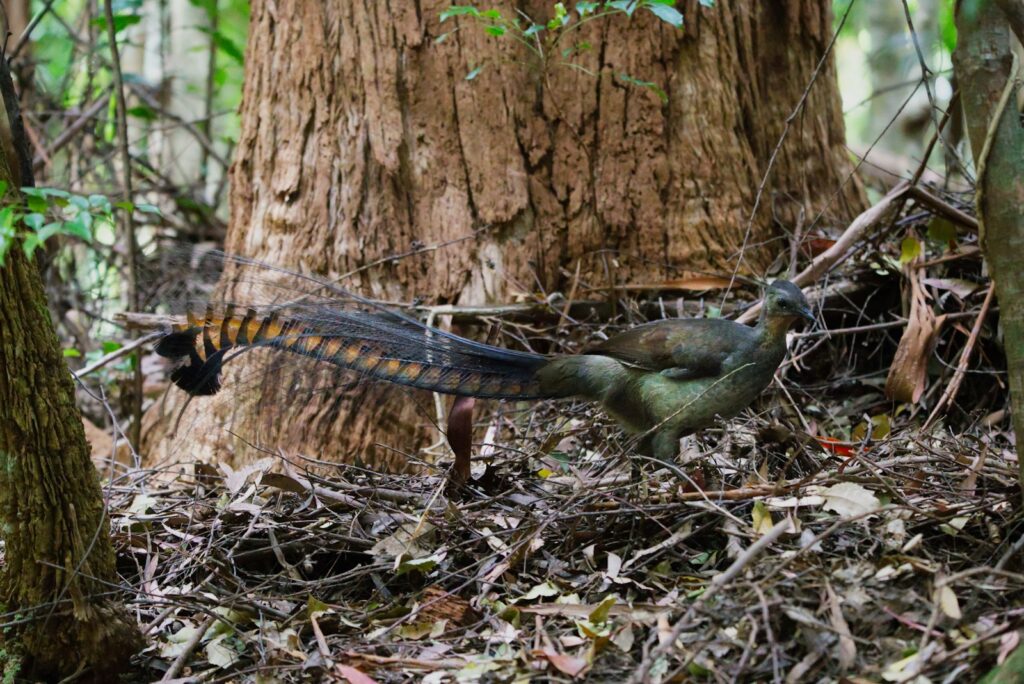
The superb lyrebird holds the undisputed title as the world’s most accomplished avian vocal mimic, with the ability to recreate sounds from over 100 different species and sources. This ground-dwelling bird, roughly the size of a pheasant, performs its impressive vocal displays primarily during the breeding season when males are attempting to attract mates. What makes the lyrebird’s mimicry truly extraordinary is not just the quantity of sounds it can reproduce but the stunning accuracy with which it replicates them, often fooling even experienced birdwatchers and the animals whose calls they imitate. Their vocal abilities are so precise that they can simultaneously mimic multiple birds calling in sequence, effectively recreating an entire forest soundscape from the syrinx of a single bird.
Evolutionary Marvel: The Lyrebird’s Vocal Apparatus
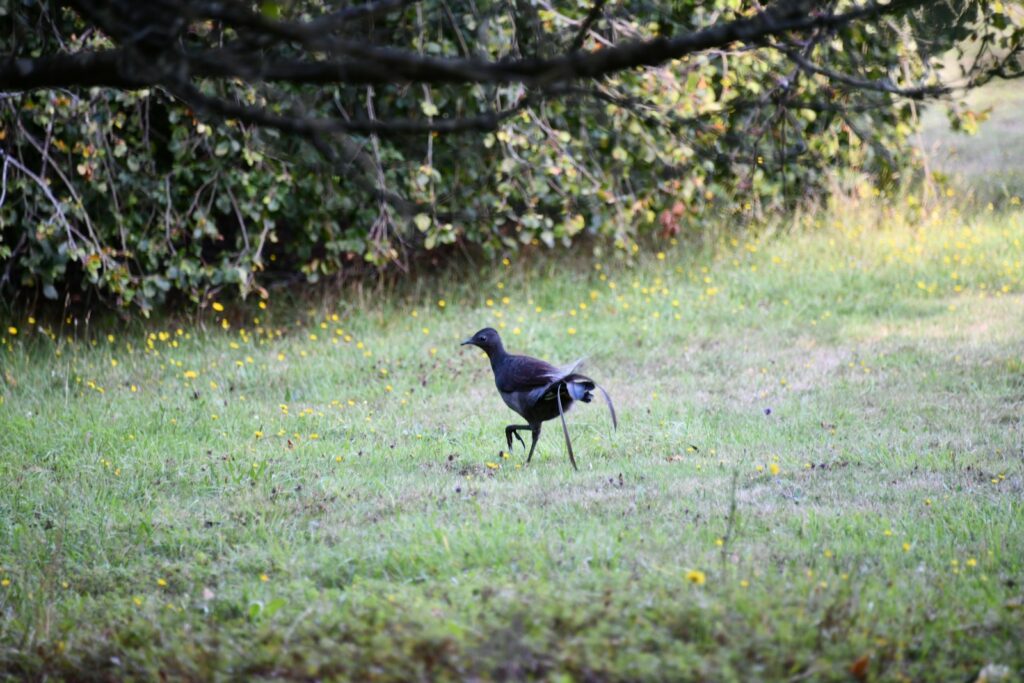
The superb lyrebird’s exceptional mimicry abilities stem from its uniquely developed syrinx, the avian equivalent of the human larynx. Unlike most birds, which have relatively simple vocal organs, the lyrebird possesses one of the most complex syrinxes in the bird world, containing sophisticated musculature that allows for incredible precision and control. This specialized vocal equipment enables the lyrebird to produce an extraordinarily wide range of sounds, frequencies, and tones that most other birds simply cannot achieve. Research has shown that lyrebirds have twice as many syringeal muscles as typical songbirds, giving them unparalleled flexibility in sound production. This evolutionary adaptation represents millions of years of refinement, resulting in what many biologists consider the most sophisticated sound-producing mechanism in any bird species.
Natural Repertoire: Forest Bird Calls

At the core of the lyrebird’s vocal portfolio is an extensive collection of native bird calls that form the foundation of its mimicry skills. The lyrebird effortlessly reproduces the vocalizations of kookaburras, cockatoos, rosellas, whipbirds, and dozens of other Australian forest species with incredible fidelity. Its ability to mimic not just simple calls but complex songs with multiple notes, tonal shifts, and specific patterns unique to each species is particularly impressive. Scientists have documented individual lyrebirds mimicking up to 25 different bird species in a single performance, switching between them with remarkable fluidity. More fascinating still, lyrebirds often organize these mimicked calls into a structured composition, creating a symphony of forest sounds that showcases both their technical ability and artistic arrangement of natural sounds.
Beyond Birds: Mimicking Mammals and Other Wildlife

The lyrebird’s mimicry extends well beyond avian sounds to include the vocalizations and noises of other forest inhabitants. These talented birds have been documented accurately reproducing the growls and snarls of dingoes, the distinctive patter of wallaby hops, and even the chattering of koalas. Particularly remarkable is their ability to mimic the distinctive alarm calls of small mammals, which suggests the lyrebird pays careful attention to all sounds in its environment, not just those made by other birds. Field researchers have recorded instances of lyrebirds mimicking the high-pitched squeals of glider possums and the distinctive rustling sounds made by echidnas foraging through leaf litter. This comprehensive sound sampling of their ecosystem demonstrates the lyrebird’s exceptional auditory processing abilities and comprehensive awareness of its surroundings.
Human Sounds: Chainsaws, Cameras, and Construction
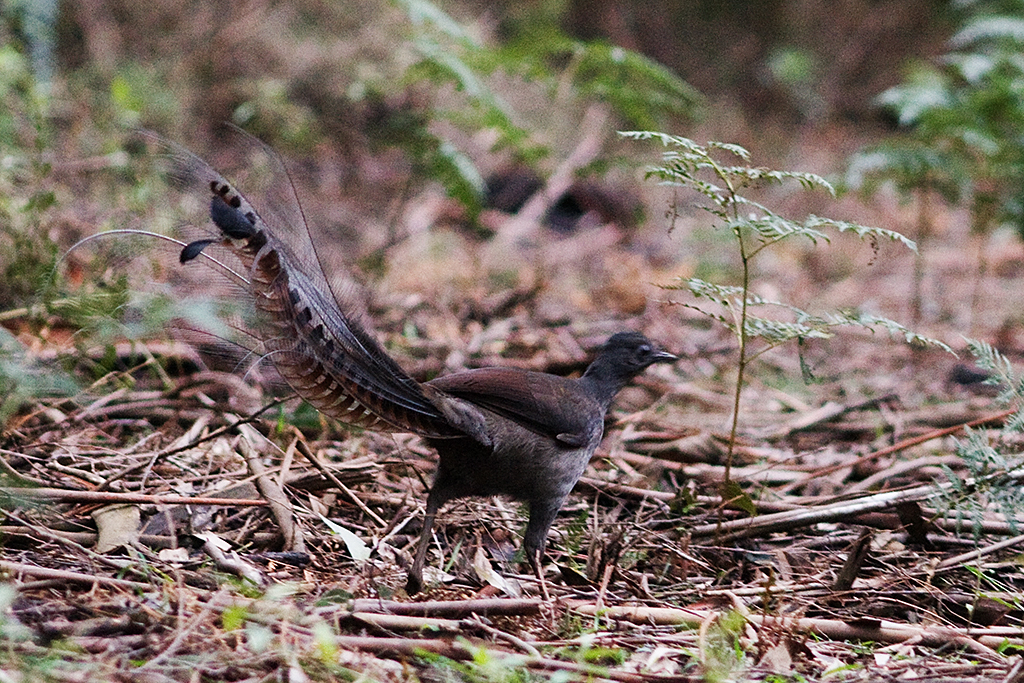
Perhaps most astonishing is the lyrebird’s ability to incorporate human-made sounds into its repertoire, revealing both its adaptability and the unfortunate human encroachment on its habitat. Documented recordings capture lyrebirds perfectly mimicking the mechanical whirr and grinding of chainsaws, the distinct clicking of camera shutters, and even the beeping of car alarms and mobile phones. David Attenborough’s famous BBC documentary footage showed a wild lyrebird mimicking the sounds of loggers working in nearby forests, complete with the sounds of axes chopping trees and workers shouting to each other. These human sound imitations not only demonstrate the bird’s remarkable flexibility but also serve as a poignant reminder of how human activities are penetrating even remote wilderness areas. Researchers note that these anthropogenic sounds are being incorporated into the cultural traditions of lyrebird populations near human settlements, potentially becoming permanent additions to their vocal repertoire.
The Spectacular Courtship Display
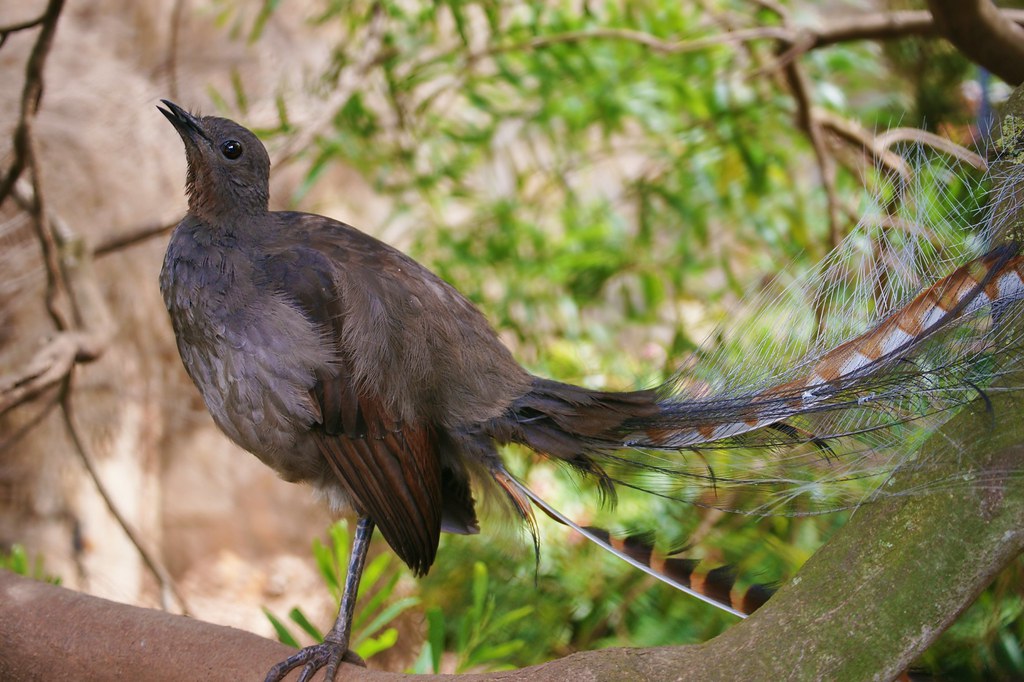
The lyrebird’s extraordinary vocal performances accompany one of the most elaborate visual displays in the bird world, creating a multi-sensory courtship ritual of remarkable complexity. During breeding season, male lyrebirds clear small performance arenas on the forest floor, meticulously removing debris to create a stage for their display. The male then fans his magnificent lyre-shaped tail feathers over his head in a shimmering canopy while performing a choreographed dance routine synchronized with his vocal mimicry. Each movement is precisely coordinated with specific sounds, creating a mesmerizing audio-visual performance that can last for hours at a time. Most remarkable is how the male adjusts his performance based on the female’s reactions, demonstrating not just mimicry but careful audience awareness and performance adaptability rarely seen in non-human species.
Learning and Memory: How Lyrebirds Master Their Art

The cognitive processes behind the lyrebird’s mimicry abilities reveal sophisticated learning mechanisms that challenge our understanding of avian intelligence. Unlike some birds that are born with innate songs, lyrebirds must learn their extensive repertoire through a combination of cultural transmission and individual practice. Young male lyrebirds spend years listening to and practicing the sounds they hear, gradually refining their technique through trial and error. Research indicates that lyrebirds possess exceptional auditory memory, capable of storing hundreds of distinct sound patterns with remarkable detail and accuracy. Studies using spectrographic analysis have shown that lyrebirds can retain precise frequency patterns and acoustic structures even for sounds they may hear only occasionally, suggesting cognitive abilities far more advanced than previously attributed to birds of this type.
Two Species of Lyrebirds: Comparing Mimicry Talents
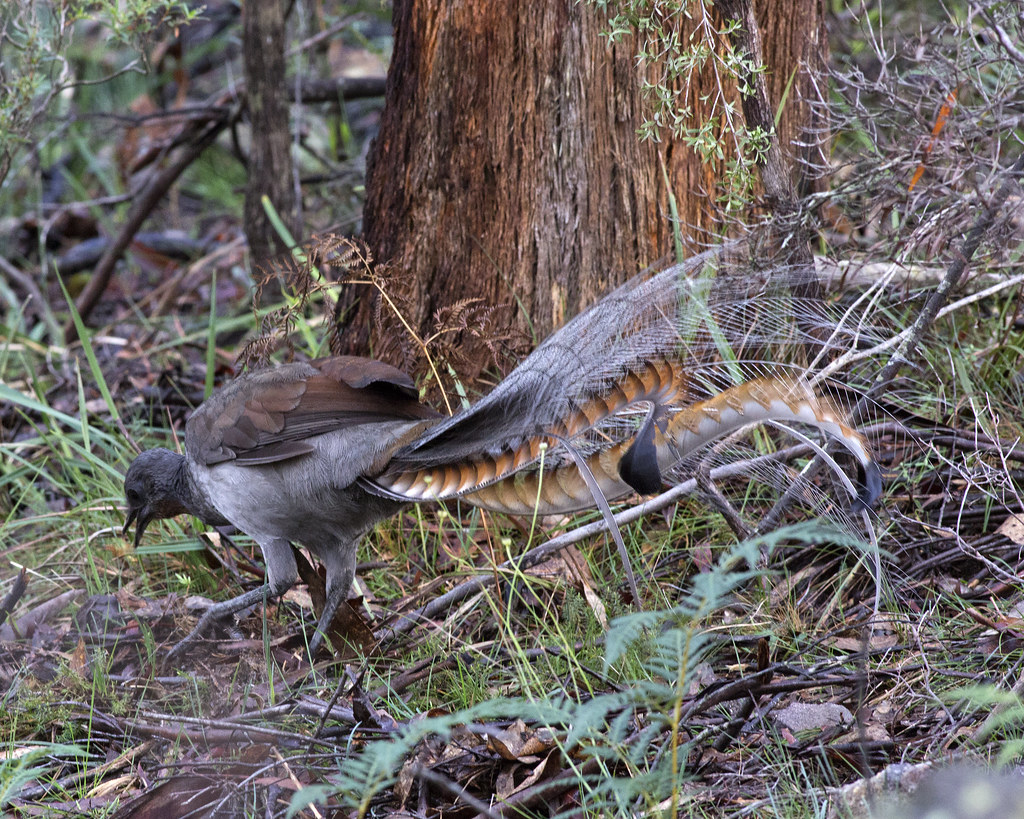
Australia is home to two distinct lyrebird species: the more well-known Superb Lyrebird (Menura novaehollandiae) found in southeastern Australia, and the lesser-known Albert’s Lyrebird (Menura alberti), which inhabits a small region of subtropical rainforest in northern New South Wales and southern Queensland. While both species possess extraordinary mimicry abilities, research indicates some fascinating differences in their vocal performances. The Superb Lyrebird typically maintains a larger repertoire of mimicked sounds and incorporates more non-avian and mechanical sounds into its performances. Albert’s Lyrebird, while having a somewhat smaller range of mimicked sounds, often delivers longer, more sustained mimetic sequences with fewer transitions between sound types. Conservation biologists have noted that these differences may reflect adaptation to different acoustic environments, with Albert’s Lyrebirds evolving in denser rainforest where sustained, penetrating calls might be more effective for communication.
Cultural Learning and Regional Dialects
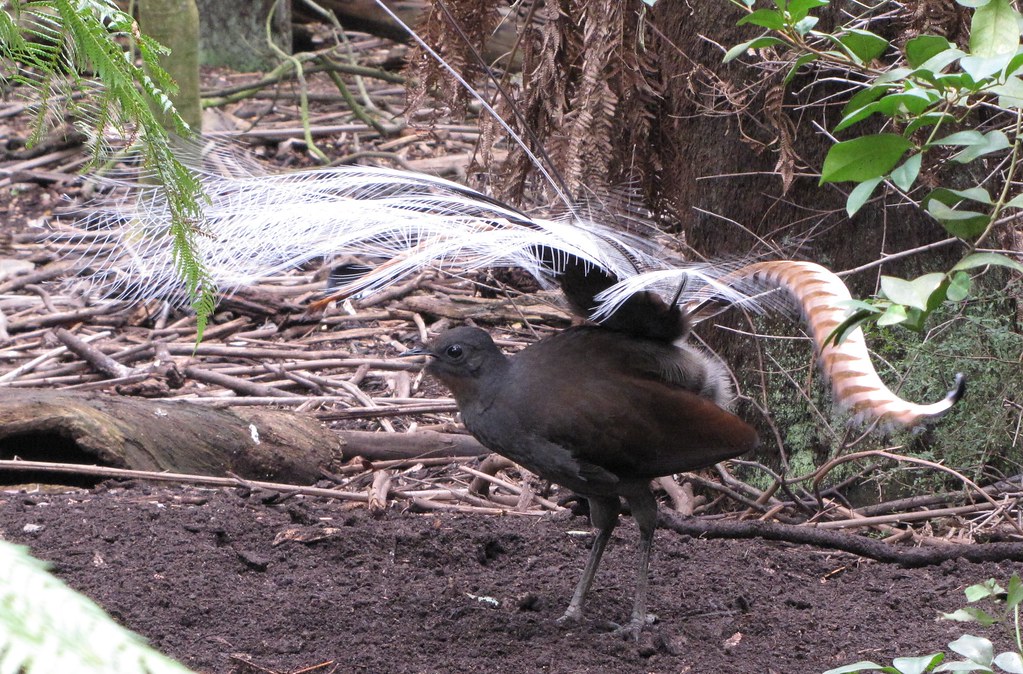
Fascinating research into lyrebird populations has revealed evidence of cultural transmission and regional “dialects” in their mimicry repertoires, similar to human languages. Lyrebirds in different geographic areas have been documented emphasizing different sounds and organizing their vocal performances in distinctly regional patterns, with nearby populations sharing more similarities than distant ones. Young males appear to learn not just individual sounds but entire performance structures from established adult males in their vicinity. This cultural learning creates identifiable regional traditions that can persist for generations, even as individual birds come and go. Ornithologists studying these patterns have identified at least seven distinct regional “schools” of lyrebird vocalization across their range, each with characteristic sound selections, sequence patterns, and even mimicry styles that distinguish one population from another.
Conservation Challenges and Habitat Threats
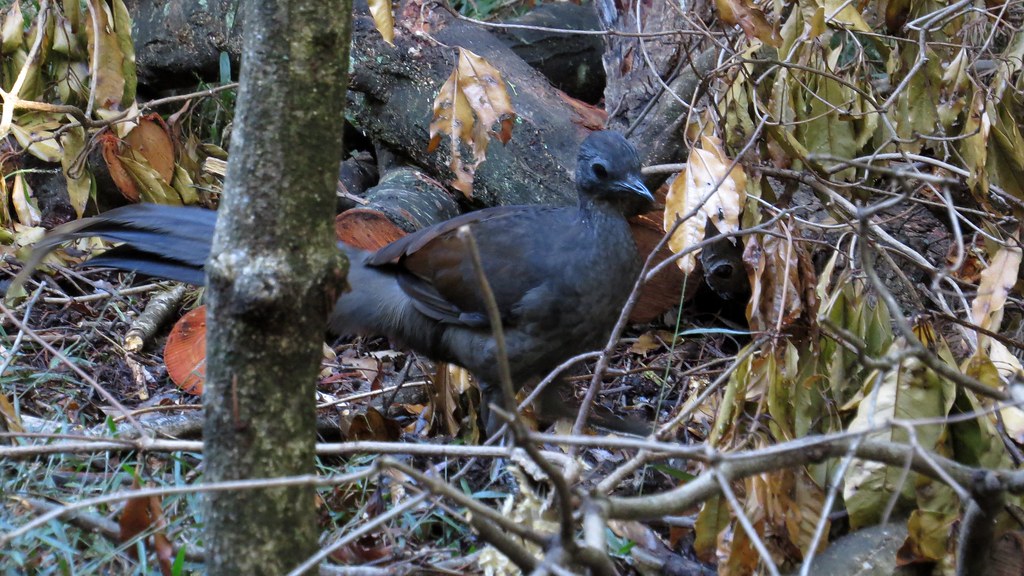
Despite their remarkable abilities, lyrebirds face significant conservation challenges that threaten their future in the wild. Habitat destruction through logging, development, and bushfires has fragmented lyrebird populations and degraded the complex forest understory these ground-dwelling birds require for foraging and nesting. Introduced predators, particularly foxes and feral cats, pose a serious threat to lyrebirds, which nest on or near the ground and are vulnerable during their elaborate courtship displays when focused on performance rather than vigilance. Climate change presents additional challenges, altering the moist forest ecosystems these birds depend on and potentially increasing the frequency and intensity of catastrophic bushfires that can devastate large areas of habitat. Conservation efforts focus on habitat protection, predator control, and maintaining forest connectivity to ensure these vocal virtuosos can continue their performances for generations to come.
Scientific Research and New Discoveries
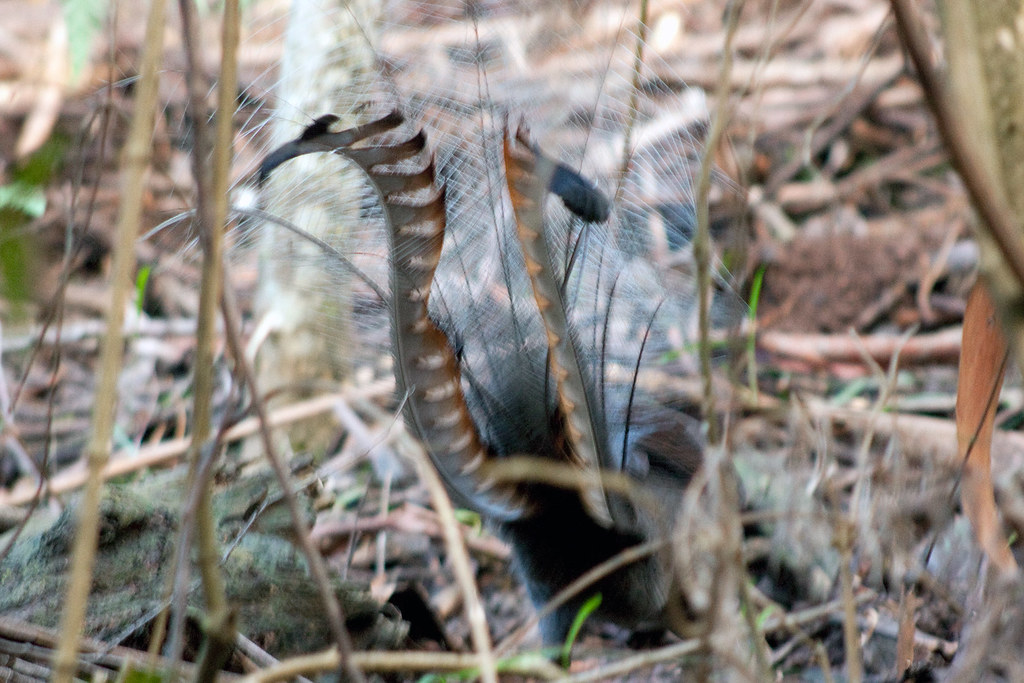
Recent scientific research has revolutionized our understanding of lyrebird mimicry, revealing complexities and capabilities far beyond what was previously understood. Advanced bioacoustic analysis has demonstrated that lyrebirds don’t simply mimic individual sounds but rather construct complex acoustic scenes that integrate multiple sound sources into coherent compositions. Neurological studies suggest lyrebirds possess specialized brain structures that support their exceptional auditory processing and memory capabilities, with auditory centers significantly larger than those of other birds of similar size. Particularly groundbreaking is research suggesting that lyrebirds may understand something about the meaning or context of the sounds they mimic, as they sometimes deploy specific mimicked alarm calls in appropriate danger situations. Ongoing research using new recording technologies and machine learning algorithms to analyze lyrebird vocalizations promises to reveal even more about these remarkable birds and the cognitive processes behind their unparalleled mimicry abilities.
The Lyrebird in Indigenous Culture and Modern Society
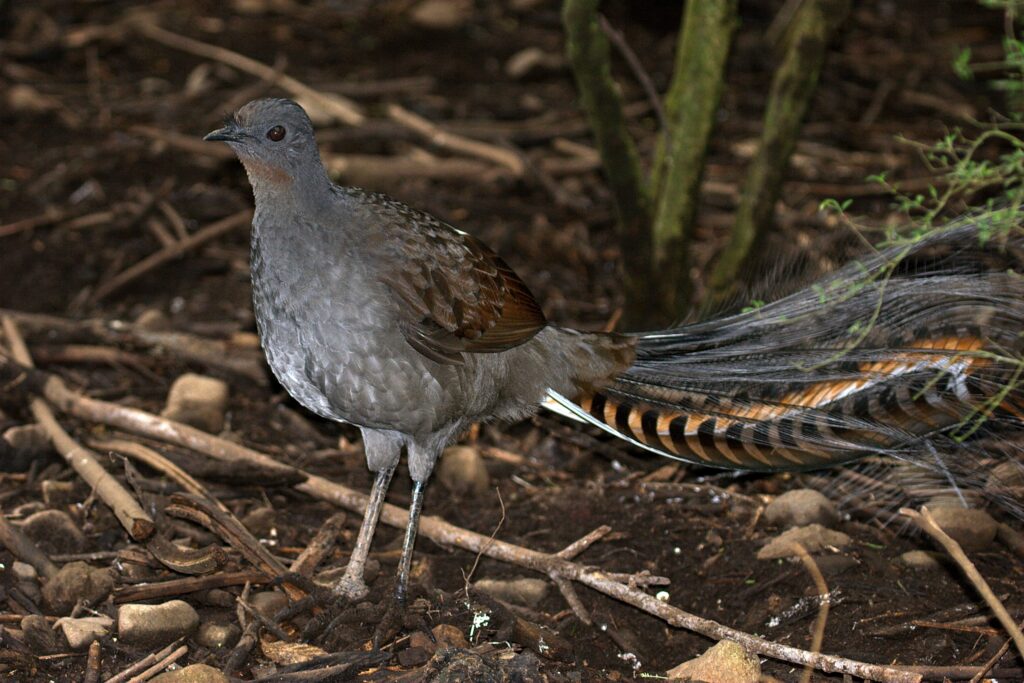
The lyrebird holds a special place in both Aboriginal culture and modern Australian society, reflecting its cultural significance beyond its biological importance. For thousands of years, many Aboriginal nations incorporated the lyrebird into their Dreamtime stories, viewing it as a special creature that connected the spirit world with the physical world through its ability to carry voices across boundaries. In contemporary Australia, the lyrebird’s image has adorned the Australian 10-cent coin since 1966, making it a daily reminder of Australia’s unique wildlife heritage. The bird’s remarkable abilities have also inspired artists, musicians, and poets, with its likeness and themes appearing in works ranging from classical compositions to contemporary multimedia installations. Conservation organizations have successfully used the lyrebird as a flagship species to protect larger forest ecosystems, leveraging public fascination with this charismatic mimic to build support for broader environmental protection efforts.
The superb lyrebird stands as one of nature’s most extraordinary performers, demonstrating capabilities that blur the lines between instinct and artistry. With its ability to recreate over 100 different sounds with astounding accuracy, this remarkable bird reminds us of the incredible diversity and specialization that evolution can produce. As we continue to study and protect these feathered mimics, we gain not only deeper insights into avian cognition and behavior but also a greater appreciation for the complex and interconnected acoustic world that surrounds us. The lyrebird’s symphony of borrowed sounds serves as both a natural wonder and a subtle reminder of our responsibility to preserve the environments where such evolutionary marvels can continue to thrive and perform their remarkable repertoires.
